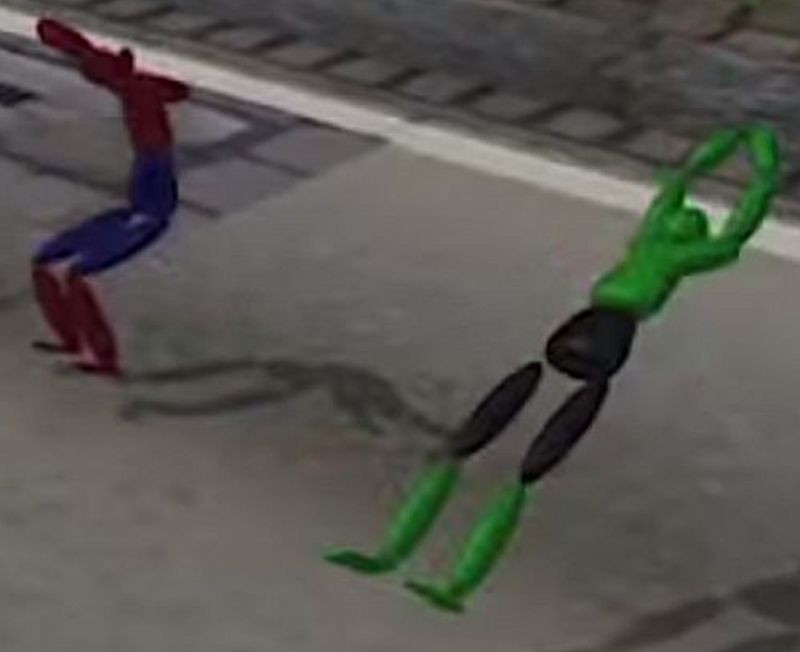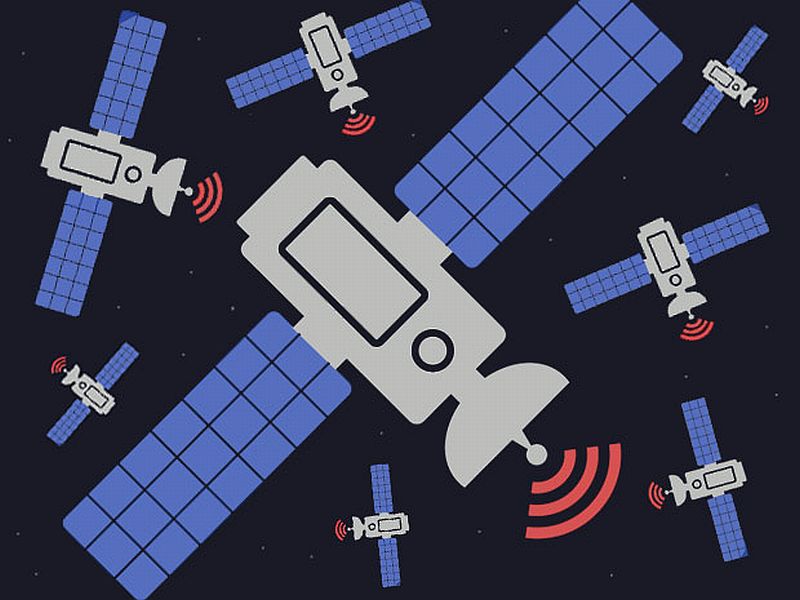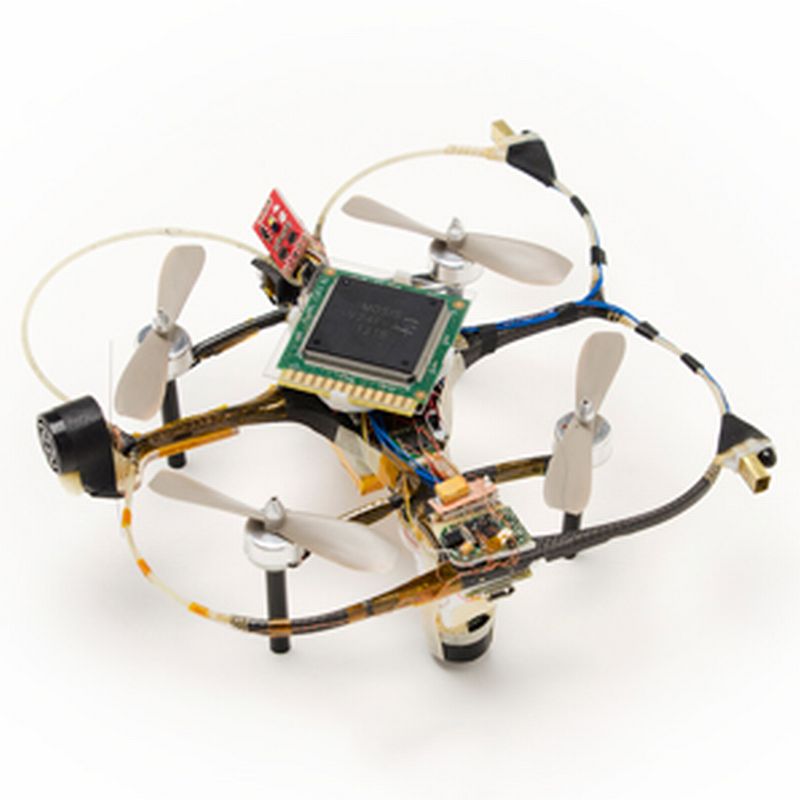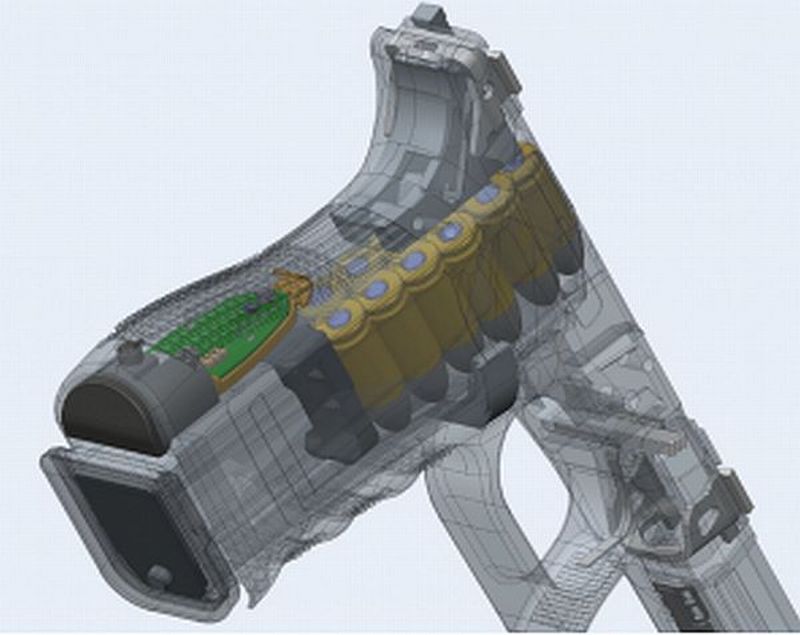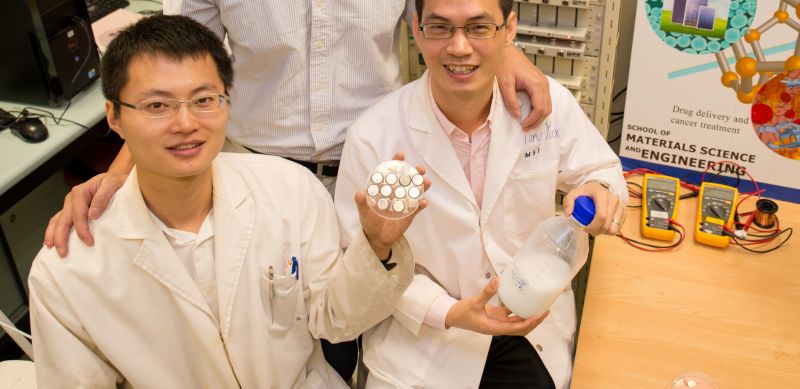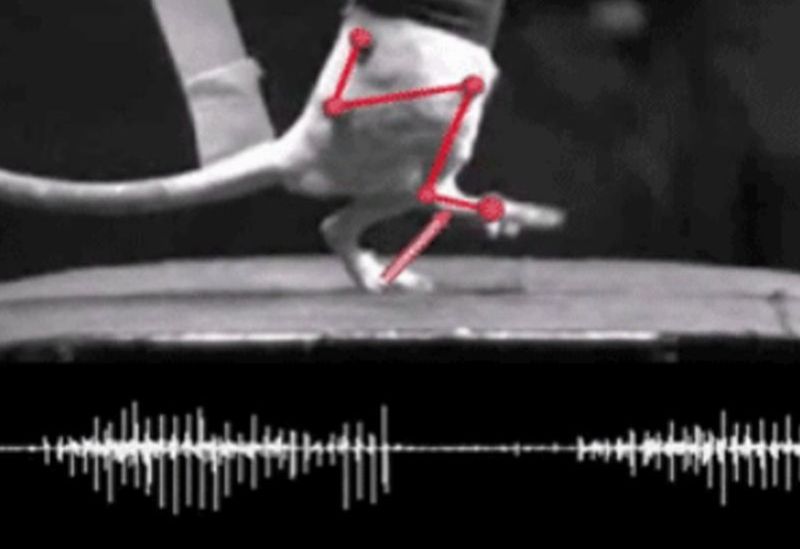It’s not just the design but the falling mechanics too are being studied for implementation by researchers in biomimicry. In an attempt to develop natural reflexes in robots, scientists at the US are studying the techniques through which cats and athletes twist their body mid-air without being injured at the landing. By recreating the similar reflexes in droids, researchers aim to cut down the probability of robots crashing especially during hazardous missions like search-and-rescue operations.
Read MoreAuthor: Pooja Kashyap
Images from Rosetta’s lander Philae: Welcome to a Comet
Philae, the European Space Agency (ESA) lander made the historic touchdown on comet 67P/ Churyumov-Gerasimenko although it lacked to latch on properly yet the position is said to be stable relatively. The agency has been able to get hold of its first image.
Read MoreInternet Satellite Swarm: SpaceX to develop fleet of Micro-Satellites
After creating a dent in the world of automobiles and aerospace by giving affordable electric cars and rockets, Silicon Valley entrepreneur Elon Musk is moving towards delivering cheap Internet across the globe. This time, Mr. Musk is collaborating with Greg Wyler, founder of WorldVu Satellites Ltd., which happens to control a huge chunk of radio spectrum. Wyler has been working with Google Inc. but 2 months back he had left the tech giant and currently, he has been working with Elon Musk and SpaceX.
Read MoreBrain-Inspired Neuromorphic Chip: Machine starts Thinking
Human brain mechanics has always been one of the most fascinating subjects for neuroscientists all across the globe. Many simulators and robots have been designed by mimicking neurons and synapses, yet the efficiency of brain has not yet thoroughly touched upon so far.
Read MorePhones to borrow Bandwidth from nearby Gizmos: Device-to-Device Networking
By the beginning of 2015, 21Vianet, China’s largest internet provider, is looking forward to launch a cellular phone network that aims to offer downloads at relatively faster rate.
Read MoreConfession of a Buddhist Atheist by Stephen Batchelor
Confession of a Buddhist Atheist is beautifully woven and presented by Stephen Batchelor in form of a written collage, as he himself mentions at the end of the book. Although the book is in narrative mode yet no where we found it a story presented by the writer in fact, while I was into the book, I felt as if Stephen is talking to me and describing the sequence of his life’s events which led him towards Buddhism and finally his discovery of motif in life.
Read MoreECOSTRESS: The New Thermometer for detecting Earth’s Temperature
NASA’s Jet Propulsion Laboratory is developing a space-based instrument for detecting transpiration within plants so that the flora can effectively use water. ECOsystem Spaceborne Thermal Radiometer Experiment (ECOSTRESS) is the name of the device that will be docked on the space station for monitoring the water loss through nano-pores occurring within leaves.
Read MoreNanodiamonds to be used for Delivering Drugs and Cancer Therapeutics: New Imaging Modality
Capturing ongoing processes within living cells in real time is usually done with fluorescent dyes made up of a fluorescent chemical compound, fluorophore. The compound’s unique property of re-emitting light upon excitation makes it the most deserving candidate for imaging cellular processes, however, with the passage of time, the compound becomes toxic thereby renders havoc to the cells in close proximity.
Read MoreYardarm delivers wireless Firearm Telematics: Gun Technology
Yardarm Technologies, a California based firearms technology company has developed an innovative product that has an ability of delivering the real time track record of using firearms, by police personals or security officers. With the use of a wireless sensor for firearms, the company has taken machine-to-machine (M2M) capabilities to a higher level.
Read MoreA Beautiful Mind by Sylvia Nasar
Advanced mathematics coupled with severe mental illness, this is what the book, A Beautiful Mind is about. Sylvia Nasar professor of journalism at Columbia University, has done full justice in surfacing Nash’s life, his youth, college life, his work before and after he earned his doctorate and finally to his breakdown then illness and eventually his recovery. A Beautiful Mind juxtaposes sadness and the will to succeed despondency and depression.
Read MoreNew Generation of Fast-Charging Batteries: Innovative Battery Technology
Nanyang Technological University (NTU Singapore) researchers have fabricated an innovative battery that can charge nearly 70% of its capacity in just 2 minutes. This does not affect its longevity; on the contrary, the scientists are claiming its survival age to over 20 years.
Read MoreLighting Sheets to replace Bulbs: OLED, the Next Generation Lights
How about customizing light source in our rooms, something that resembles the photo frames. Sounds interesting, ain’t it? Researchers have already been working in the field of light and they have come up with an approach that targets the efficiency in half amount of energy being consumed by regular bulbs by developing ‘glowing sheets’. Technology used in these light sheets would resemble the mega thin TVs and smartphones as the sheets are expected to include organic LEDs or OLEDs.
Read MoreMusk unveils ‘the D’: Model S Dual Motor is Super Fast
The much-awaited Musk’s Tesla Model S Dual Motor (D) is finally unveiled. The beast has four-wheel drive (4WD) along with a second motor for enhancing the extra axle at the rear. This helps in propelling the car from zero to 97 km/h in mere 3.2 seconds. The electronic machine system tosses torque between the front and rear wheels from one millisecond to the next hence perking up on both, the grip on territory as well as energy efficiency. With an aim of outperforming gasoline-powered cars, the new Model S delivers…
Read MoreInterview: Robert Cheek, Director Biz Dev at Yujin Robot, South Korea
Lately GoCart, a service robot from the vault of Yujin Robot Innovation Team, South Korea has hit the headlines across the globe. The bot opens up a new level of human-machine interaction where the machine will replace people in doing the everyday mundane and heavy piles of monotonous tasks, thus leaving the humans to provide emotional support, a task, which a machine can never accomplish. In order to get more in-depth analysis of the robot and its future implications, we tried to get in touch with Robert Cheek, Director Business…
Read MoreElectrical Pulses used to reinstate Movements in Paralyzed Rats: Epidural Stimulation
In Frankenstein effort, Gregoire Courtine, a researcher at the École Polytechnique Fédérale in Lausanne, Switzerland, has developed a process that has helped a paralyzed rat in walking with a precise cadence. The neuroscientist has employed electronics to reinstate realistic movements to the disabled animal. With an aim of resurrecting life in the paralyzed limbs of people, the researcher has zapped spinal cords with electrical pulses. These undulations will substitute the commands being sent by brain in normal condition however, the signals are disrupted with an injury in the spinal cord.
Read More
